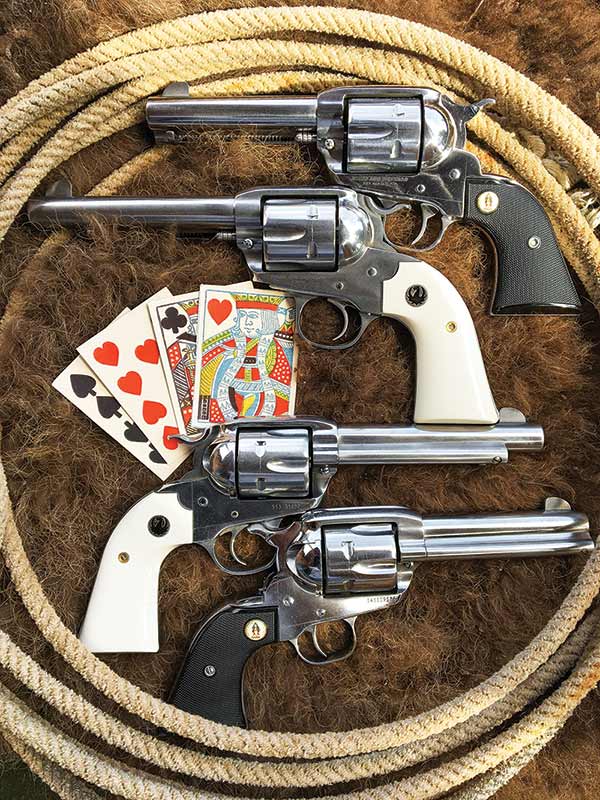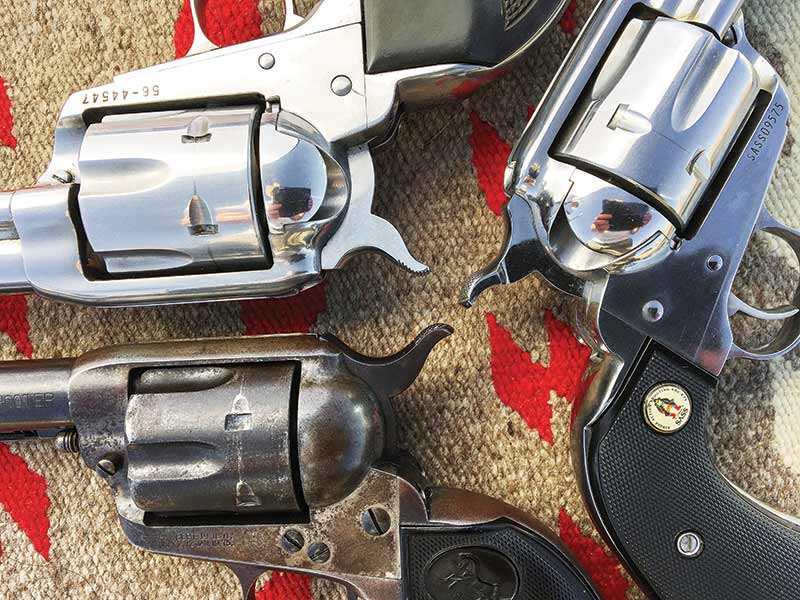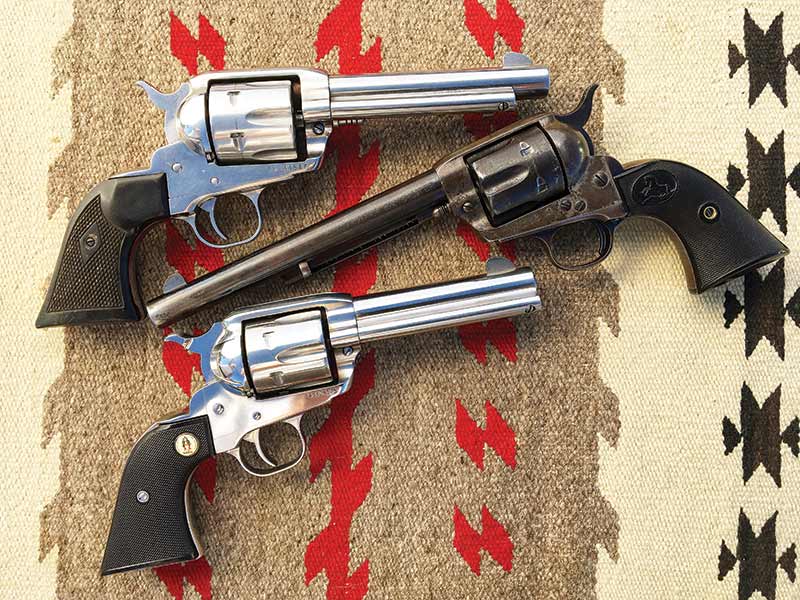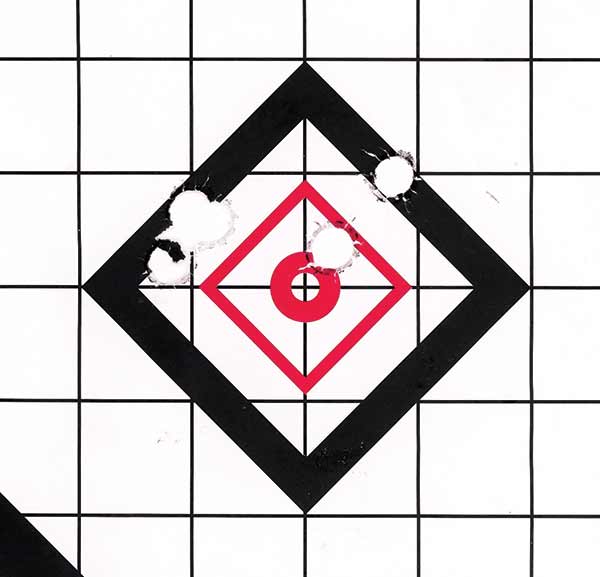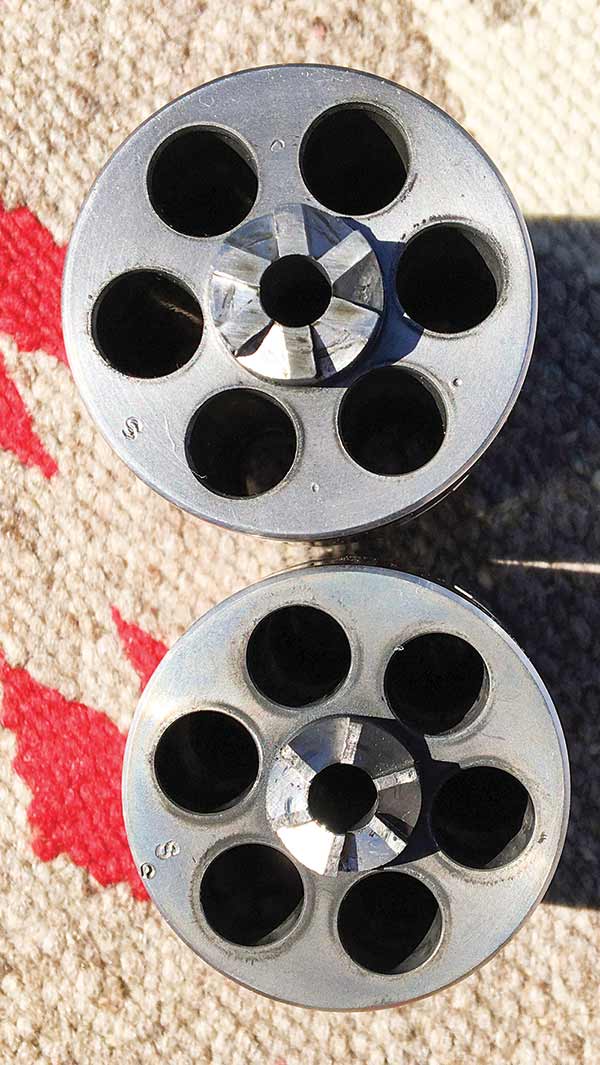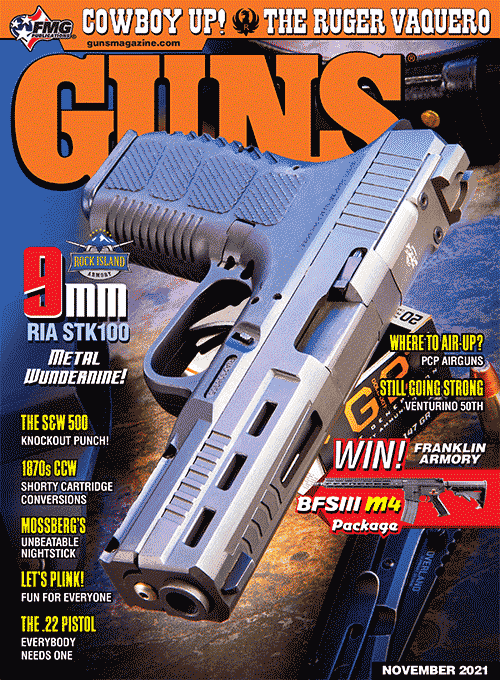The Ruger Vaquero
Modern-Day Cowboy Revolver
When I heard the news Ruger was offering the Vaquero, I was excited as a western history buff could be. Even the name was western!
I wanted a Colt Single Action Army since devouring Louis L’amour novels as a teenager. But as an adult, I never had enough extra folding money after the bills were paid. Yes, there were other less expensive single-action revolvers available, but they just didn’t fit the blurry vision in my head. In 1993, I knew the Vaquero was what I wanted.
The advertisements at the time said the Ruger Vaquero was styled after the Colt SAA but with more metal where it counted and a transfer-bar safety. Both were welcome safety features. To make it even more appealing, it was within my budget, especially since my lovely wife was working in the Ruger Prescott, Ariz. plant and she could get me any Ruger product at a discount.
True to form, my luck ran against me. There were thousands of shooters scrambling for the Vaquero and until those orders were filled, employees could not order one at the discounted rate. As fate would have it, we moved out of state before I could order a Vaquero.
It seems amazing in a world awash with high-capacity 9mm semi-automatics and AR-15 rifles, Ruger would even bother to engineer a revolver based on 19th-Century technology. To unravel this anomaly, we need to look deeper into what was happening around the country.
Times Change
In the 1980s baby boomers were flocking to cowboy action shooting to compete in cowboy-tactical matches set in miniature western towns while dressed like cowboys, gamblers and saloon girls — and they loved every minute of it. Like a wildfire, clubs sprang up across the country and around the world as shooters embraced their inner John Wayne. The problem? The selection of pistols at the time was limited to the authentic Colt Single Action Army, Italian copies or the Ruger Blackhawk.
Real Colt Single Action Army revolvers are expensive. Some Italian guns were poor copies, low quality and made of soft metals that didn’t hold up to the rigors of CAS. The Ruger Blackhawk was a thing of beauty and built like a tank but didn’t have the classic profile many shooters craved. And, since the Blackhawk had adjustable target sights, its use was limited to just a few shooting categories.
With the sport of CAS growing, and shooters buying pistols in pairs, Ruger decided to offer a Blackhawk with fixed sights and a traditional Colt-like profile, renaming it the Vaquero. It was an instant hit.
While the Vaquero was Colt-like in appearance, the internal workings were pure Ruger and stood up to severe use and abuse. Plus, a change was made to ease loading. On almost all traditional single-action revolvers the hammer must be drawn back to the loading notch to allow the cylinder to turn for loading/unloading. The Vaquero was designed with a free-spin feature activated when the loading gate was opened. Having seen shooters lose their thumb-hold on the hammer on a Colt SAA while loading, I consider this a valuable safety feature.
But, the original Vaquero had its detractors. The company lawyers must have been on the design team as a warning about the dangers of shooting firearms was roll-stamped on the left side of the barrel. Some people complained the heavy-duty revolver had a less-balanced feel than a real Colt and some details frustrated the traditionalists. Ruger was listening.
In 2005 the company introduced the Ruger New Vaquero. The re-vamped Vaquero addressed most of the complaints from the traditionalists.
• The ugly barrel roll-stamp warning was hidden under the barrel.
• The cylinder bevel was increased to reduce holster wear and speed re-holstering.
• The ejector rod head changed to a traditional crescent shape.
• The cylinder diameter and frame were scaled down to the dimensions of the original 1955 Blackhawk, making it almost the same as a Colt.
• The grip frame was reduced to the original pre-XR-3 frame dimensions and black-checkered hard-rubber-like grips were offered.
Staying Strong
There is a misconception about the cylinder on the New Vaqueros. Since the cylinder diameter was decreased many assume the cylinder wall was decreased, making the New Vaquero weaker than the original. This is not the case. The chambers were moved inward slightly to maintain the chamber to outside wall thickness.
Over the last three decades, the Vaquero has been offered in a variety of calibers, barrel lengths and finishes. One of my favorite Vaqueros was a blued 7½” barreled model with black checkered grips chambered in .45 Colt. It seemed I couldn’t miss when shooting my pet Vaquero. In a moment of weakness, I sold it to a friend so he could have a matched set. I have kicked myself since.
The most popular Vaqueros in the cowboy action world are of the .38/.357 caliber due to lighter recoil and significant savings for handloaders. The next most popular is the .45 Colt. While some CAS categories require pistols to be .40 caliber or larger, other shooters just want the nostalgia of experiencing the kick of the caliber the Colt SAA was originally offered back in 1873. As a result, Ruger now limits most of their offerings to those two calibers: .38/.357 and .45 Colt.
The most popular of the Vaquero family are the highly buffed stainless steel models. Ruger developed a polish on their revolvers to match the shine of nickel plating and they are beautiful. I have four and if I could find the now-discontinued stainless Ruger New Vaquero in .45 Colt with the 7½” barrels (KNV45), I would have two more in the stable!
Added Angle
Other Vaquero offerings are the Bisley and bird’s head versions. The Ruger Bisley pays homage to the Colt Bisley, popular for target matches at the end of the 19th Century. On both the Colt and the Vaquero, the Bisley has distinctive grips designed for target shooting. The large grips make it easy to shoot one-handed in CAS matches, so it is popular with those, like myself, who shoot gunfighter or dualist style.
In the last half of the 1800s, many smaller revolvers sported bird’s head grips. The unique shape fits small hands well. To me, the pinnacle of this style was the Colt Model 1877, offered in three calibers unofficially known as “Lightning,” “Thunderer” and “Rainmaker” (.38 Long Colt, .41 Long Colt and .32 Long Colt respectively). Val Kilmer’s portrayal of Doc Holiday in the block-buster Tombstone featured a beautiful ivory-handled model. Overnight, countless CAS shooters wanted to channel their inner Huckleberry and demanded bird’s head revolvers. Ruger was paying attention and offered their version.
In looking through the offerings on Ruger’s website, you’ll notice most models now sport lowered hammers. Ruger is following the market demands. Cowboy shooters work to shorten their stage times. By lowering the hammers, they are easier to cock, shaving fractions of seconds from stage times. In the world of competitive cowboy shooters, fractions of seconds can mean the difference between winning and not even placing!
What’s next for the Vaquero as we approach the 30th anniversary? It depends on the market and what Ruger’s distributors order. If a distributor feels they have a market for a certain caliber, grip style, finish, or barrel length, Ruger tools up and makes a limited run.
While fate may have denied me of my Vaquero back in 1993, I am at peace. If you have been paying attention you know I have four and would like two more. I am not alone. A general survey of SASS members who own Ruger Vaqueros runs about 80%. It is the top requested revolver by new and veteran shooters alike. What a testament to the quality of Ruger’s Vaquero and Bill Ruger’s love of the American West.
